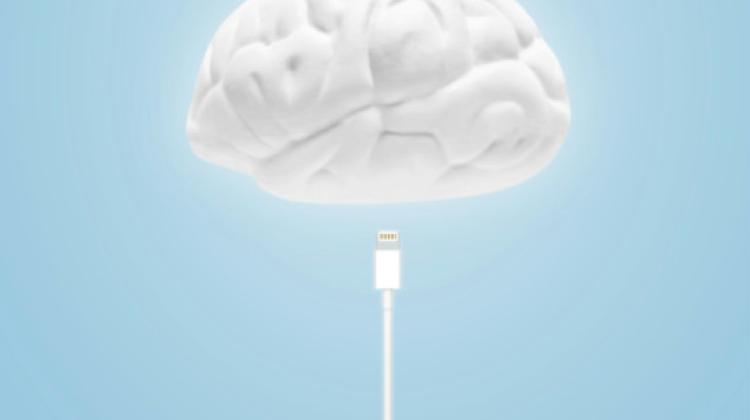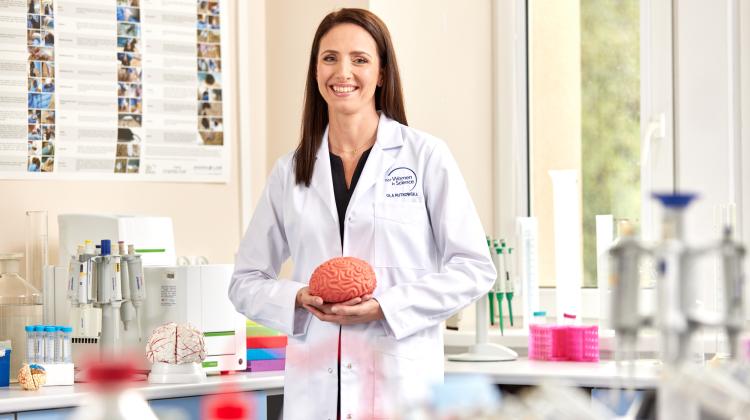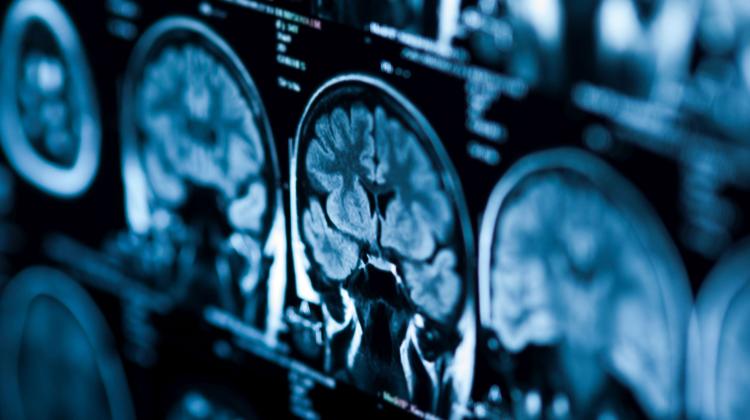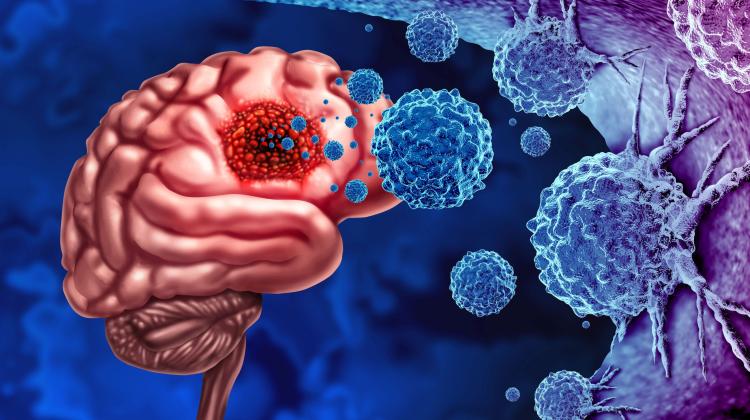Computers connected to the brain? It's no longer a fantasy

We are still a long way from controlling computers without a mouse and keyboard. But already today patients with paralysis can communicate with the world by using the electrical activity of the brain - says Prof. Izabela Rejer.
Brain-computer interface not only allows patients with paralysis to "talk" with their loved ones, but also browse the internet or turn on the light in their rooms without help. All thanks to the electrodes placed in a special cap on the head. These electrodes read bioelectric brain activity, which carries specific information. That information is transmitted to a computer.
"This is not the only possible use of computers that react to brain activity in the life of people with mobility problems. Such solutions are also used in rehabilitation" - said Prof. Izabela Rejer from the Department of Information Systems Engineering of the West Pomeranian University of Technology in Szczecin.
She reminded that research into brain-controlled interfaces had been going on since the 1970s, but, as she said "we have not gone far". The professor believes that it will be at least a few decades before smooth and direct control of the computer without a mouse and keyboard becomes possible.
"We want this vision to come true. The problem is that the electrodes, which are on the cap that which reads bioelectric of the brain from the head, collects signals from very large groups of neurons - which perform a variety of functions. Meanwhile, the details of information, for example in the speech centre, are encoded by microscopic clusters of cells that cannot be read by means of electrodes placed on the head. But there is another solution - placing a chip directly in the brain!" - said the researcher. She noted that scientists and physicians preferred solutions that were as non-invasive as possible. However, according to Prof. Rejer, the development of more invasive solutions, such as placing a chip in the brain, is inevitable. Such implants are already being tested on volunteers.
"The person who is paralysed from the neck down and has a chip in the brain that connects to a robot arm, is able to perform deliberate, intentional movements with this arm, for example in order to eat without help. It would not be possible if the electrodes were placed on the head" - noted the researcher.
According to Prof. Rejer, mobile and convenient devices allowing for 24-hour monitoring of brain activity could become available soon.
"In the next few years, impractical caps will probably be replaced by electrodes placed, for example, in comfortable bands" - said Prof. Rejer. She added that although solutions allowing for wireless communication between the EEG cap and the receiving device were already available, they were still far from "actual mobility".
Why keep monitoring the brain? The researcher mentioned airplane pilots or seniors. A dedicated app would signal the physical condition of such persons. The app could wake up a pilot who fell asleep, or notify an ambulance if a senior suffers a stroke or faints, the experts pointed out.
In the assessment of Prof. Rejer brain monitoring devices will first be used in home rehabilitation, for example after stroke. Clinical trials of such devices are currently under way. How does such a system work? The patient wears an electrode cap that is connected to a computer interface, to which brain readings are transmitted. The patient also has an electric stimulator on the hand that sends pulses to his or her muscles. The patient is asked, for example, to imagine the right or left hand movement. The system reads brain activity and searches for a pattern characteristic of the movement of each hand. If the pattern is detected, the muscles in the hand are electrically stimulated, which triggers its actual movement.
"At the same time, the patient sees an on-screen avatar of the hand that moves along with his or her real hand. Both effects on the one hand strengthen the neuronal learning process and, on the other hand, increase the motivation of patients to continue working, which translates into a significant progress" - the researcher noted.
Prof. Izabela Rejer leads the Neuroanalysis Team at the Department of Information Systems Engineering at the West Pomeranian University of Technology in Szczecin. The researchers develop algorithms to improve the quality of the EEG signal, look for mental state-specific brain activity patterns, and conduct research into interfaces and computer applications that enable people with mobility impairment to access digital information.
PAP - Science and Scholarship in Poland, Szymon Zdziebłowski
szz/ agt/ kap/
tr. RL
Przed dodaniem komentarza prosimy o zapoznanie z Regulaminem forum serwisu Nauka w Polsce.


















